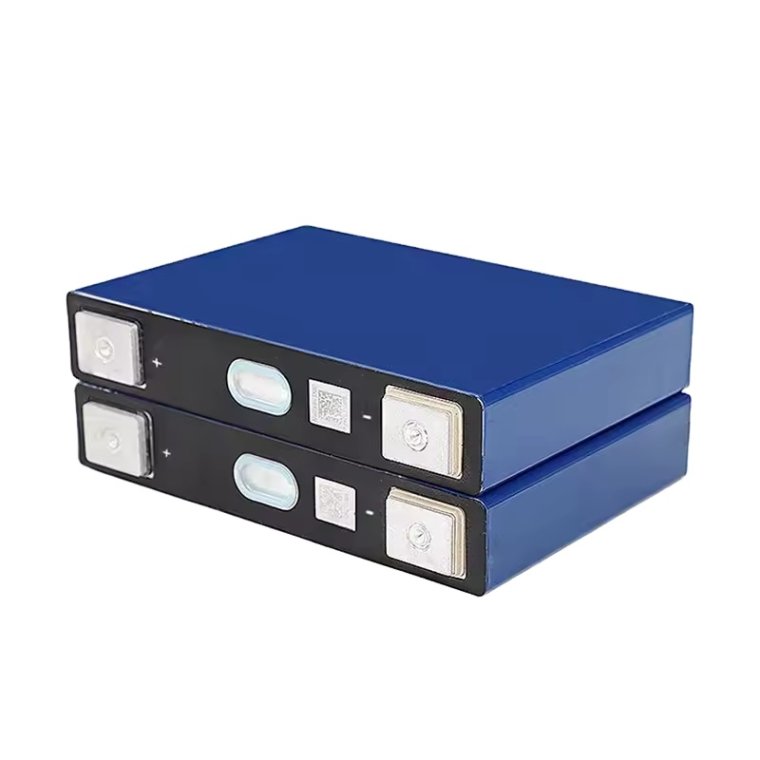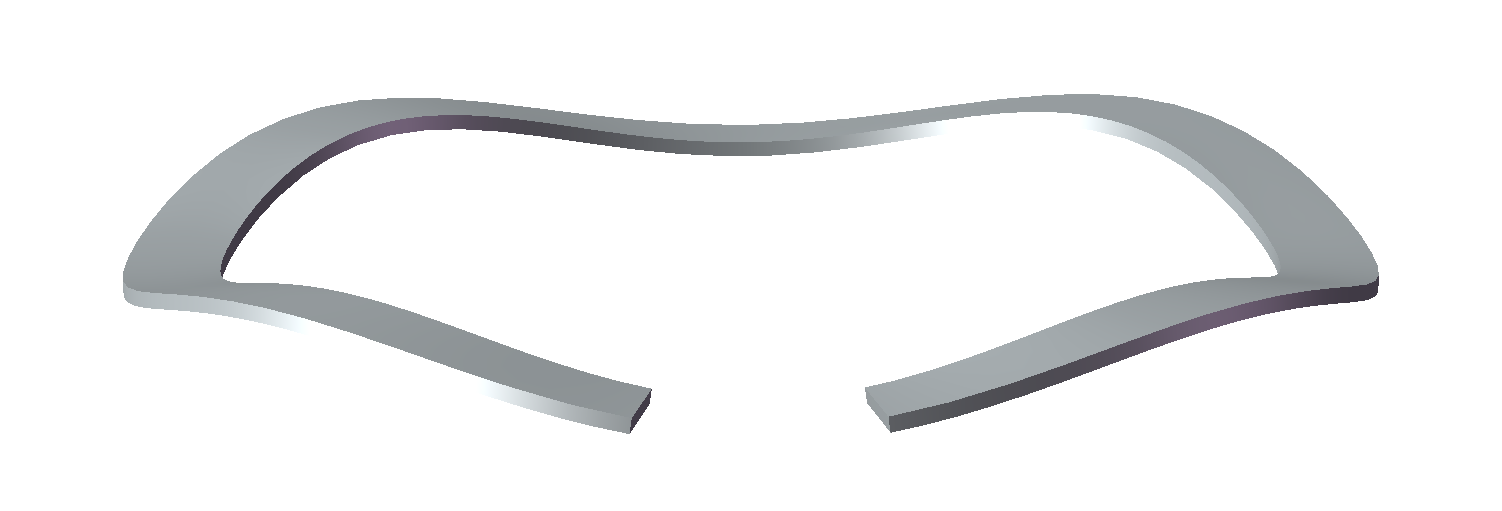
In the world of minerals, gold holds a special allure due to its lustrous appearance and inherent value. However, there are several other minerals that bear a striking resemblance to gold, both in color and physical properties. In this comprehensive blog post, we will explore the fascinating world of minerals that look like gold, delving into their unique characteristics, identification methods, and their significance in various industries. So, let's embark on this enlightening journey to uncover the secrets of these gold-like minerals.
- Pyrite: Fool's Gold
- Description: Pyrite, also known as fool's gold, is perhaps the most famous mineral that resembles gold. It exhibits a metallic luster and a pale brassy-yellow color, often fooling prospectors and miners.
- Composition and Properties: Pyrite is an iron sulfide mineral with a chemical formula FeS₂. It has a hardness of 6-6.5 on the Mohs scale and a specific gravity of 4.9-5.2. Its cubic crystal structure and metallic luster make it visually similar to gold.
- Significance: Pyrite has various industrial uses, including in the production of sulfuric acid, as a source of sulfur for the chemical industry, and as a gemstone in jewelry.
- Chalcopyrite: Copper's Golden Twin
- Description: Chalcopyrite, often referred to as copper pyrite, is another mineral that can be mistaken for gold due to its similar color and metallic sheen.
- Composition and Properties: Chalcopyrite is a copper iron sulfide mineral with the chemical formula CuFeS₂. It has a brassy yellow color, a hardness of 3.5-4 on the Mohs scale, and a specific gravity of 4.1-4.3.
- Significance: Chalcopyrite is the primary ore of copper and is widely used in the production of copper metal, electrical wires, and various electronic devices.
- Mica: The Golden Flake
- Description: Mica is a group of minerals that includes several species, some of which exhibit a golden color and can be mistaken for gold flakes.
- Composition and Properties: Mica minerals belong to the silicate group and have a layered structure. The golden varieties, such as muscovite and biotite, have a characteristic golden sheen due to their high refractive index.
- Significance: Mica is extensively used in the electrical and electronics industry as an insulating material, in paints and coatings, and even in cosmetics.
- Marcasite: Gold's Cousin
- Description: Marcasite is a mineral that closely resembles pyrite and is often mistaken for gold due to its similar appearance.
- Composition and Properties: Marcasite is an iron sulfide mineral with the chemical formula FeS₂. It has a pale brass-yellow color, a hardness of 6-6.5 on the Mohs scale, and a specific gravity of 4.8-4.9.
- Significance: Marcasite is primarily used as a gemstone in jewelry due to its metallic luster and unique crystal structure.
Conclusion:
While gold holds a special place in our hearts, it is intriguing to discover other minerals that bear a striking resemblance to this precious metal. Pyrite, chalcopyrite, mica, and marcasite are just a few examples of minerals that can easily be mistaken for gold. Understanding their unique characteristics and properties is crucial, especially for prospectors, geologists, and those involved in the mining industry. By unraveling the mysteries behind these gold-like minerals, we gain a deeper appreciation for the diverse wonders of the mineral kingdom.




